06/28/2019 / Press Release
In the frame for success
Influential variables in the thermal separation of metal windows, doors and facades
From the outside, efficient thermal insulation of aluminum windows is barely visible. Nevertheless it is a key factor when it comes to having a comfortable and energy-saving living environment. In order to reduce the thermal transmission coefficient of the metal frame (Uf value), the external aluminum shell is thermally separated from the internal one. To do this, insulating bars made from engineering plastics (for example insulbar from Ensinger) are incorporated between the metal profiles, and direct heat dissipation via the aluminum is interrupted. Through this separation, an insulation zone is generated in the interior of the frame assembly. The design engineer has a variety of options available, when creating this zone, for optimizing the thermal insulation and bringing about a desired Uf value using construction measures. At the heart of these are the different types of heat transfer.
Types of heat transfer
Heat is energy which, by means of thermal conduction (transmission), heat convection and radiation (emission), always flows towards where the temperature is lower.
- Thermal conduction is dependent on the material. The energy, in solids, is passed on through the increased movement of the particles. In this way the heat energy is transferred to neighboring particles. Example: Heating of water on a hob.
-
With convection, heat energy is transported by a moving fluid (liquid or gas). A typical hallmark is the convection cell in which liquid or gas circulates between heat source and heat sink. Example: Air circulation in a heated room.
-
With heat radiation, the energy is transported by means of electromagnetic (usually infra-red) waves. Example: The reflective surface on the inside of Thermos flasks reduces – by means of reflection – the loss of heat via heat radiation.
Optimizing the insulation zone
With non-thermally-separated metal frames, in a cool climate valuable heat is lost from the inside to the outside. Where the environment is hotter, heat penetrates from the outside into the inside of what is often an air-conditioned building. This results in high energy losses. However, the flow of heat can be greatly reduced through correspondingly optimized thermal separation. For efficient insulation tailored to the particular requirements, the combination and fine adjustment of several individual influential variables in the insulation zone is required. Here it is above all the individual types of heat transfer that form the starting point:
- In order to minimize heat conduction, thermal insulating bars made from material with low conductivity but high strength are used, for example from glass fiber-reinforced polyamide 66.
- The reduction of wall thicknesses and increase in insulation depths of these insulating profiles are further possibilities for keeping the heat transfer through transmission at a low level.
- A reduction in the size of the hollow chambers within the insulation zone minimizes the air circulation. Insulating profiles with hollow chambers or profiles with inwardly directed flags generate such smaller convection cells.
- A very effective method is the use of insulating bars with a flag onto which a thin Low-E film is applied. This aluminum foil ensures a high level of reflection of the radiation and works in a similar way to the Thermos flask principle.
Step by step to the desired Uf value
Figure 5 shows by means of sample cross sections how, using the above-named measures and with the aid of insulbar insulating profiles from Ensinger, the Uf value can be gradually optimized in heat technology terms. By changing the individual parameters, the thermal transmission coefficient is minimized down to the desired target value.
Summary: A winning combination!
Across the world, non-thermally-separated metal systems are increasingly a thing of the past thanks to ever more stringent government regulations and rising energy costs. In order to thermally separate aluminum frames efficiently, the developer has several possibilities but must combine the individual adjustable elements with one another. This is because optimization, in heat technology terms, using only one single influential factor has its functional and mechanical limits. For example, particular minimum wall thicknesses are needed to guarantee the required strength of the thermal insulating profile. A particular cost specification can also have a limiting effect on the design of the insulation zone. If, however, the named influential variables are carefully tailored to each other, then in combination the optimum thermal insulation and the desired Uf value can be achieved for the particular visible width. In this way valuable energy savings can be made and simultaneously the living comfort be significantly improved.
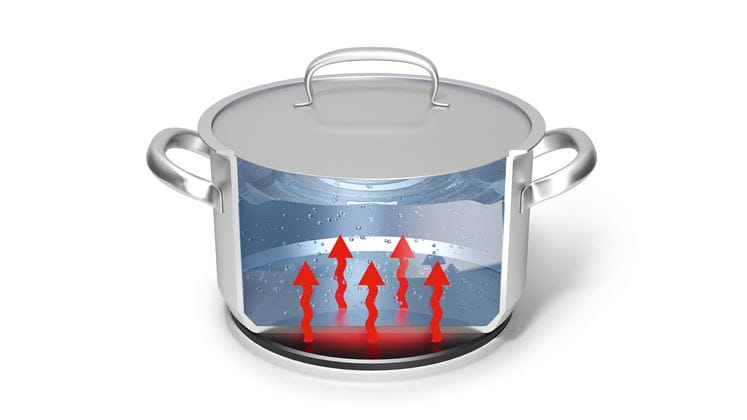 Figure 1: Thermal conduction (transmission) depends on the material. The energy is passed on through movement of the particles, regardless of whether we are talking about a solid like an insulating profile, or boiling water.
Figure 1: Thermal conduction (transmission) depends on the material. The energy is passed on through movement of the particles, regardless of whether we are talking about a solid like an insulating profile, or boiling water.
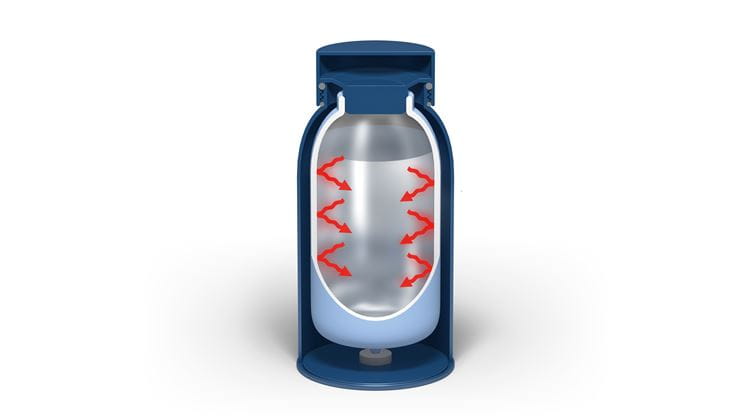 Figure 3: When energy is transported by electromagnetic waves, this is referred to as heat radiation: Most well-known example: The Thermos flask but also insulbar LEF.
Figure 3: When energy is transported by electromagnetic waves, this is referred to as heat radiation: Most well-known example: The Thermos flask but also insulbar LEF.
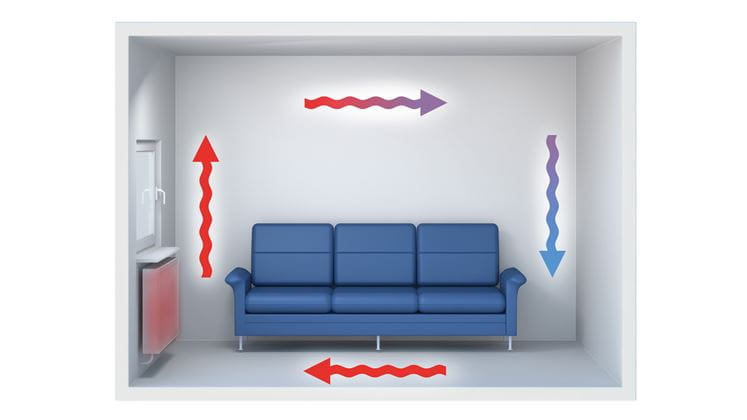 Figure 2: In a convection cell - this may be a room or a hollow chamber in the insulating bar - heat energy is transported by a moving liquid or a moving gas.
Figure 2: In a convection cell - this may be a room or a hollow chamber in the insulating bar - heat energy is transported by a moving liquid or a moving gas.
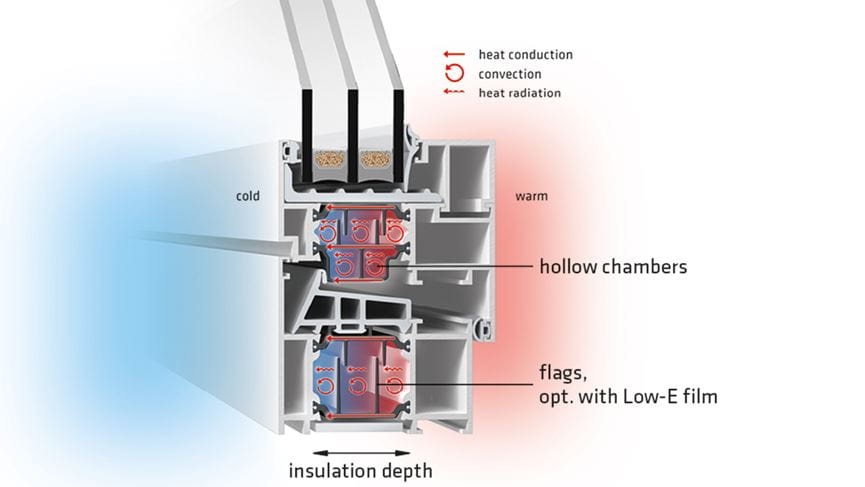 Figure 4: For efficient insulation tailored to the particular requirements, it is necessary to combine and finely tune several influencing variables in the insulation zone.
Figure 4: For efficient insulation tailored to the particular requirements, it is necessary to combine and finely tune several influencing variables in the insulation zone.
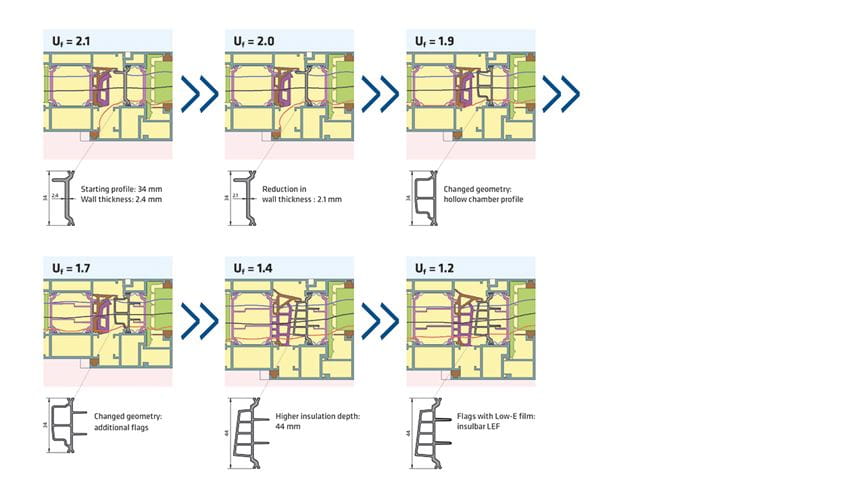 Figure 5: Step by step to the desired Uf value: By changing the individual parameters, the thermal transmission coefficient is minimized down to the desired target value.
Figure 5: Step by step to the desired Uf value: By changing the individual parameters, the thermal transmission coefficient is minimized down to the desired target value.
About insulbar
Ensinger GmbH is one of the world’s leading developers and producers of thermal insulating profiles for window, door and facade construction. The profiles marketed under the brand name insulbar® create a thermal barrier between the inner and outer shells of metal frames. Insulation solutions using insulbar® profiles achieve the best values in terms of energy saving and reduced heating and air conditioning costs, while complying with the most stringent quality standards in every respect. They have been in successful application the world over for more than forty years. insulbar.com
About Ensinger
The Ensinger Group is engaged in the development, manufacture and sale of compounds, semi-finished materials, composites, technical parts and profiles made of engineering and high-performance plastics. To process the thermoplastic polymers, Ensinger uses a wide range of production techniques, such as extrusion, machining, injection moulding, casting, sintering and pressing. With 2,500 employees at 33 locations, the family-owned enterprise is represented worldwide in all major industrial regions with manufacturing facilities or sales offices. ensingerplastics.com
Press contact and additional information
Karin Skrodzki
Ensinger GmbHPR and Communication Building Products
Rudolf-Diesel-Straße 8
D-71154 Nufringen
Tel. +49 7032 819 674
[obfemailstart]a2FyaW4uc2tyb2R6a2lAZW5zaW5nZXJwbGFzdGljcy5jb20=[obfemailend]